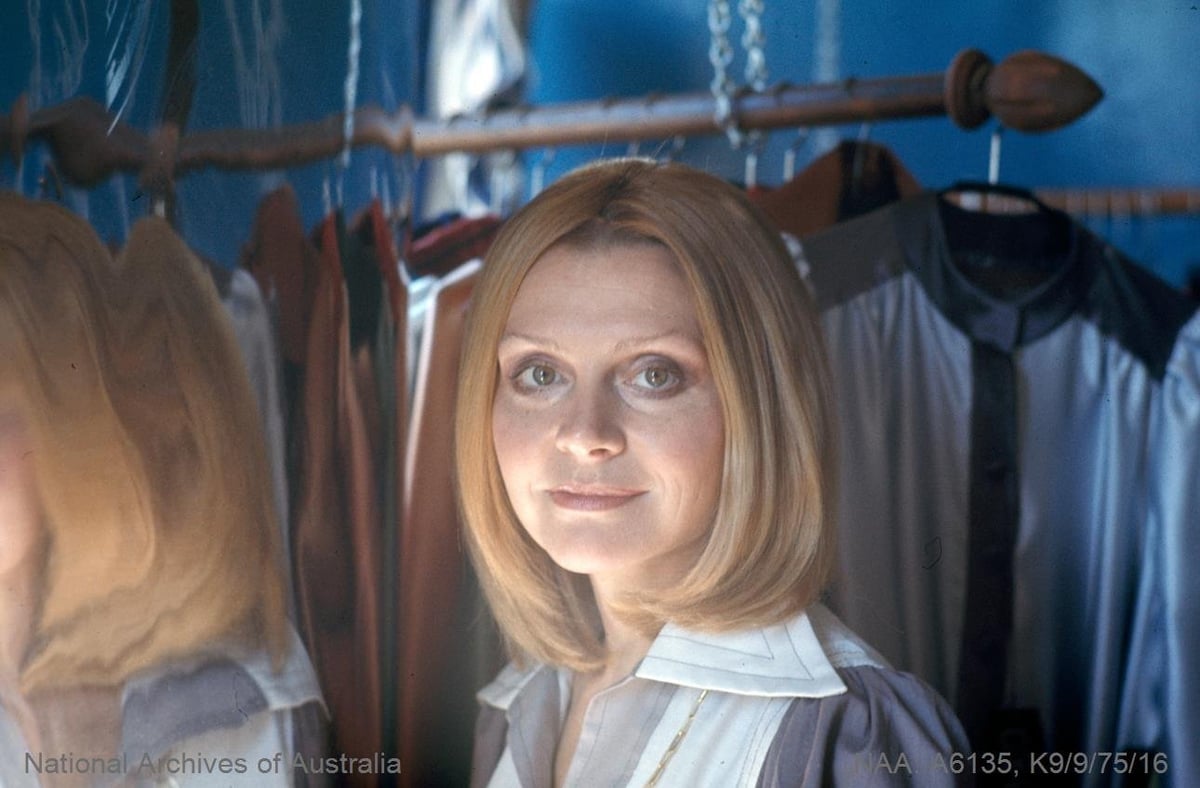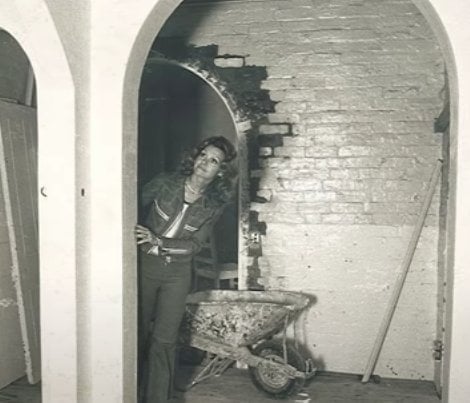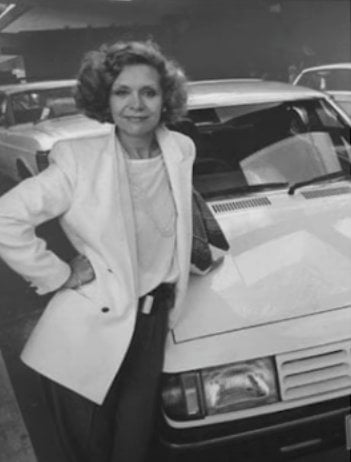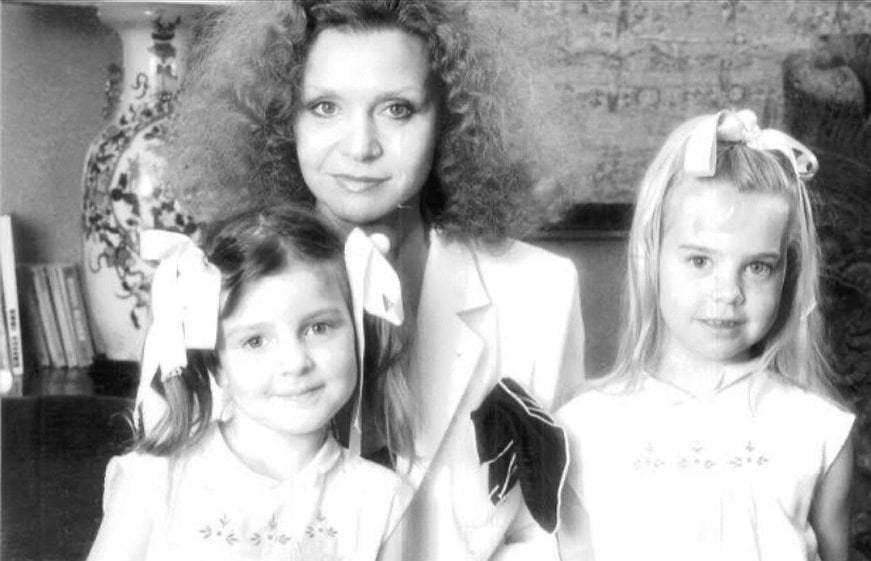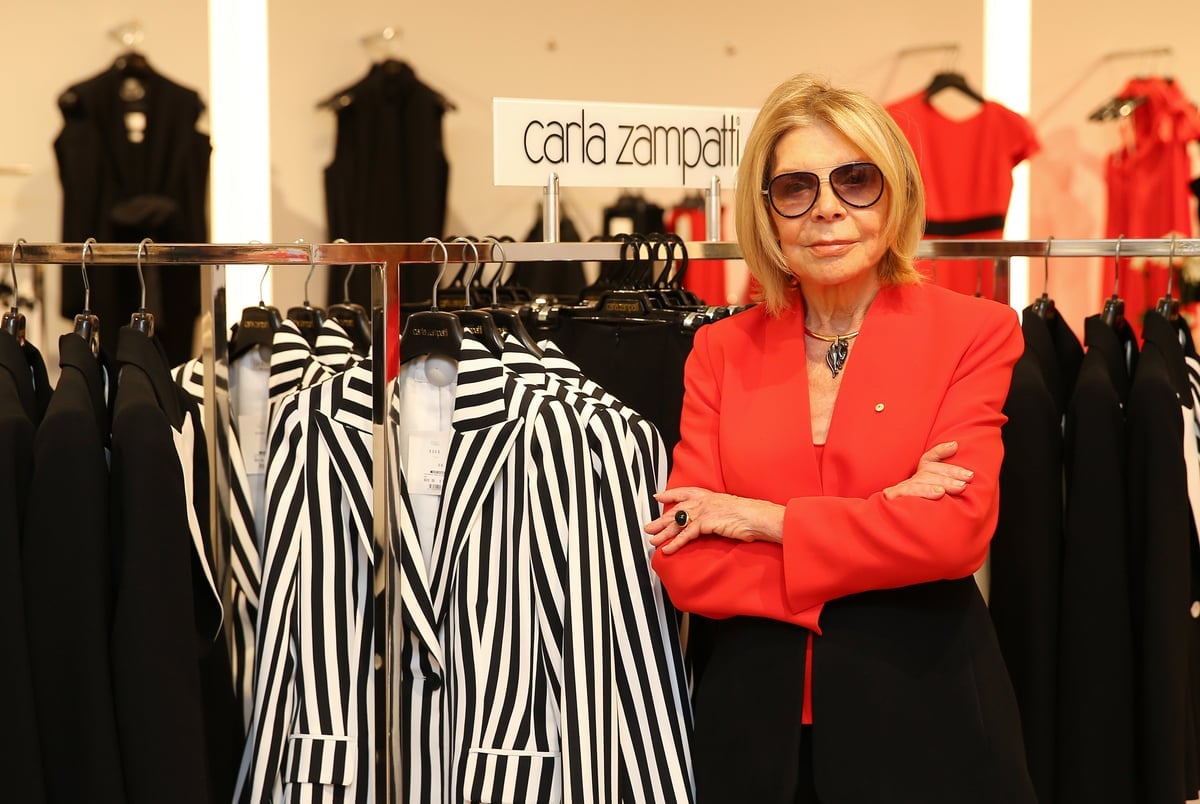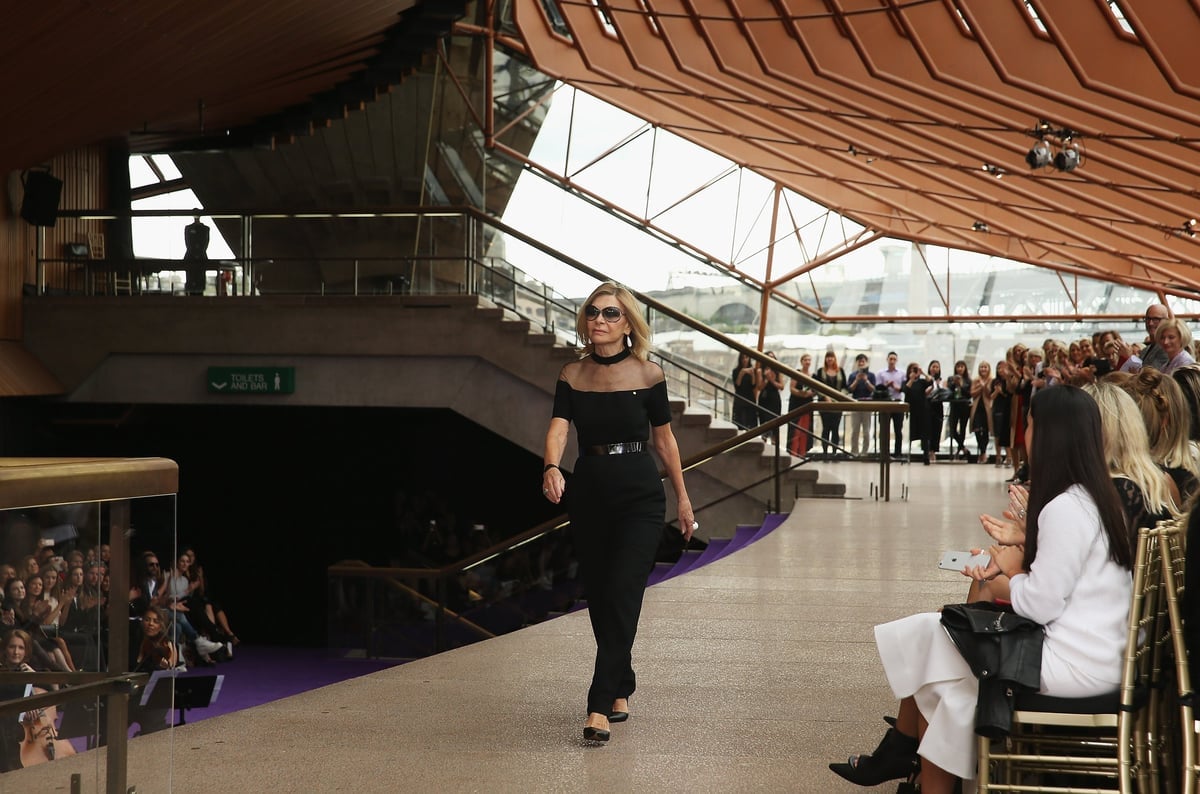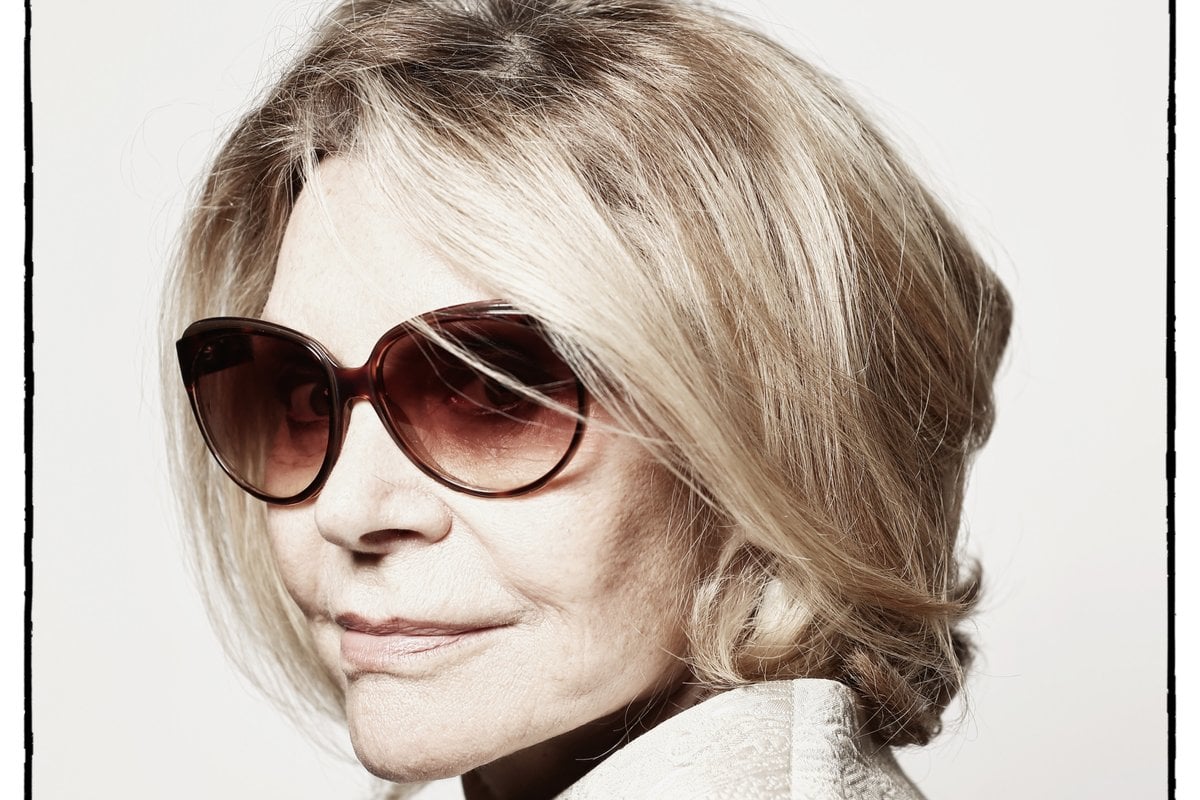
By her early 20s, Carla Zampatti had a dream.
It was the 1960s, she had just over $1000 to her name, and more women were entering the workforce in a post-war Australia. They needed smart, wearable fashion, and she was determined to fill that gap in the market.
Zampatti went on to become an Australian fashion legend, with her designs worn by some of Australia's most influential women, including Princess Mary of Denmark, Australia's first female prime minister Julia Gillard, Oscar-winning actress Nicole Kidman and NSW Premier Gladys Berejiklian.
She died earlier this month aged 78, after she fell down a set of stairs at Mrs Macquarie’s Point.
On Thursday, Zampatti will be farewelled in a state funeral at Sydney’s St Mary’s Cathedral. Those in attendance include three former prime ministers - Tony Abbott, John Howard and Malcolm Turnbull - journalists Melissa Doyle and Natalie Barr, and Zampatti's three children, Alex Schuman, Bianca Spender and Allegra Spender.
This is Carla Zampatti's story.
Watch: Zampatti on the biggest challenge for women in business. Post continues after video.


